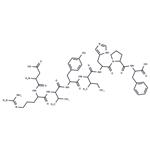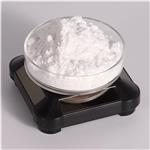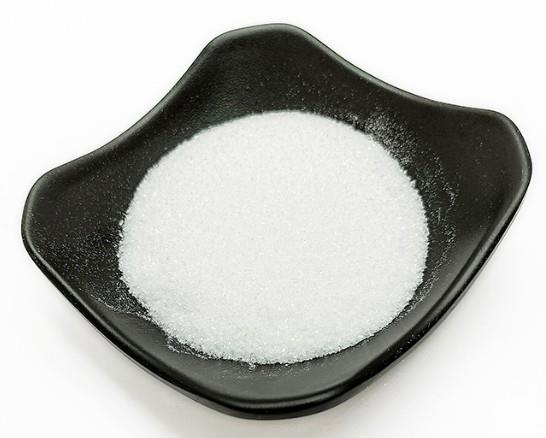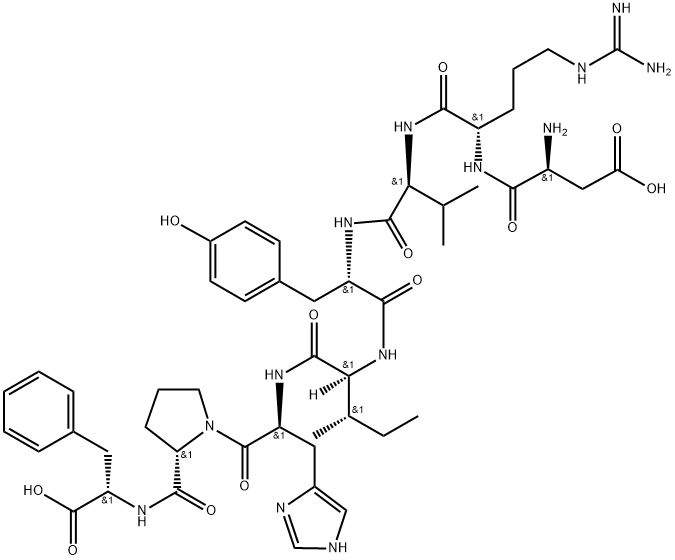Bioactivity and Academic Research of Angiotensin II human
Nov 26,2025
Angiotensin II human, a potent vasoconstrictor, serves as the primary biologically active peptide within the renin-angiotensin system and plays a pivotal role in human blood pressure regulation through its interactions with G protein-coupled receptors (GPCRs), specifically angiotensin II type 1 (AT1R) and type 2 (AT2R) receptors. This octapeptide demonstrates multifaceted physiological effects by stimulating sympathetic activity, enhancing aldosterone biosynthesis, modulating renal functions, and promoting vascular smooth muscle cell proliferation. Furthermore, Angiotensin II human induces pathological processes including increased synthesis of type I and III collagen in fibroblasts leading to vascular and myocardial thickening, fibrosis development, and programmed cell death (apoptosis). The peptide also facilitates endothelial cell capillary formation via LOX-1-dependent redox-sensitive pathways, demonstrating its comprehensive involvement in cardiovascular pathophysiology.

Figure1: Schematic Diagram of Angiotensin II Human Bioactivity
General Description
Angiotensin II human has been identified as a pivotal component in locally active renin-angiotensin systems across multiple tissues including vascular endothelium, brain, and cardiac structures. Emerging research demonstrates that rat mononuclear leukocytes possess the capacity to synthesize and release angiotensinogen, while simultaneously containing both cathepsin G—which facilitates the conversion of angiotensinogen and angiotensin I to Angiotensin II human—and angiotensin-converting enzyme, collectively establishing leukocytes as a functionally mobile renin-angiotensin network. The activation of this system contributes significantly to vascular lesion pathogenesis in hypertension and atherosclerosis, evidenced by monocytic infiltration into vascular walls and the detection of angiotensins in murine macrophages. Furthermore, preliminary findings indicate the presence of this bioactive peptide in human polymorphonuclear leukocytes, suggesting that monocyte/macrophage-derived angiotensins may fundamentally influence vascular lesion progression through multifaceted pathological mechanisms. [1]
Bioactivity
Beyond its well-established vasoconstrictor properties and aldosterone-stimulating functions, the octapeptide hormone Angiotensin II human demonstrates significant positive inotropic and chronotropic actions on cardiac tissue. High-affinity membrane receptors for this peptide have been identified across multiple mammalian species, with precise localization observed in human myocardial tissue and cardiac adrenergic nerves. Experimental models including isolated rabbit atria, human atrial trabeculae, and papillary muscle preparations consistently show that Angiotensin II human enhances the rate of tension development. The preservation of its positive inotropic activity in both denervated hearts and under β-adrenoceptor blockade indicates a substantial direct mechanism of action. Furthermore, this hormone potentiates stimulation-evoked norepinephrine release from rodent and lagomorph hearts, suggesting an additional pathway for cardiac modulation through enhanced adrenergic neurotransmission.
Academic Research
Angiotensin II human is biosynthesized in the circulatory system through sequential proteolytic cleavage of angiotensinogen by renin and angiotensin-converting enzyme (ACE). Under pathological conditions such as congestive heart failure, elevated circulating renin levels lead to increased Angiotensin II human concentrations, thereby amplifying its positive inotropic significance—particularly given the preserved ventricular receptor density observed in failing human hearts. While ACE inhibitors demonstrate therapeutic efficacy in heart failure management primarily through vasodilation mechanisms, their potential inhibition of cardiac-derived Angiotensin II human remains unconfirmed. Theoretically, suppressing intracardiac angiotensin production might compromise drug effectiveness, though this hypothesis presents substantial methodological verification challenges. Current understanding of human cardiac angiotensin generation faces two major constraints: limited access to viable myocardial specimens for biochemical analysis and marked interspecies divergence in cardiac renin-angiotensin system organization, creating uncertainty in selecting optimal human-relevant animal models. Moreover, the lack of representative failing human heart models further impedes systematic investigation of pharmacological responses in compromised myocardium. [2]
Correlation with Human Hypertension
Studies on normal subjects have shown that blood- Angiotensin II human levels are not markedly altered by postural change and sodium restriction, while more prominent increases are caused by acute administration of diuretics and oral contraceptive therapy. In benign and uncomplicated essential hypertension, blood- Angiotensin II human levels are usually normal. However, increased levels are commonly present in patients with severe essential hypertension, renal hypertension, and malignant hypertension, with a significant correlation between diastolic pressure and blood-angiotensin-II concentration in all three forms of hypertension. The association with high blood- Angiotensin II human is particularly frequent in malignant hypertension and renal hypertension, being observed in 90% of patients with these conditions. It is proposed that high levels of circulating angiotensin II may contribute to the development of renal hypertension in man, and that the ability of the diseased kidney to compensate for the pressor effects of high angiotensin levels by adjusting sodium and fluid balance may be an additional determining factor in the development of hypertension associated with renal disease. [3]
Reference
[1] Takanari Kitazono, Evidence That Angiotensin II Is Present in Human Monocytes, CirculationVolume 1995; 4:1129-1134.
[2] H Urata, B Healy, Angiotensin II-forming pathways in normal and failing human hearts. Circulation Research, 1990, 66, 4.
[3] Catt K J, Zimmet P Z, Cain M D, et al. Angiotensin II blood-levels in human hypertension[J]. The Lancet, 1971, 297: 459-464.
- Related articles
- Related Qustion
2-Chlorotrityl chloride serves as a pharmaceutical intermediate, with studies reporting its application in the synthesis of clotrimazole.....
Nov 26,2025APIANGIOTENSIN II, HUMAN
4474-91-3You may like
ANGIOTENSIN II, HUMAN manufacturers
- Angiotensin II human
-

- $37.00 / 5mg
- 2025-12-19
- CAS:4474-91-3
- Min. Order:
- Purity: 99.86%
- Supply Ability: 10g
- ANGIOTENSIN II, HUMAN
-

- $70.00 / 1kg
- 2025-06-03
- CAS:4474-91-3
- Min. Order: 10kg
- Purity: 0.99
- Supply Ability: 20tons
- Angiotensin II, Human
-

- $10.00 / 1kg
- 2024-04-02
- CAS:4474-91-3
- Min. Order: 1kg
- Purity: 99%
- Supply Ability: 100 tons





